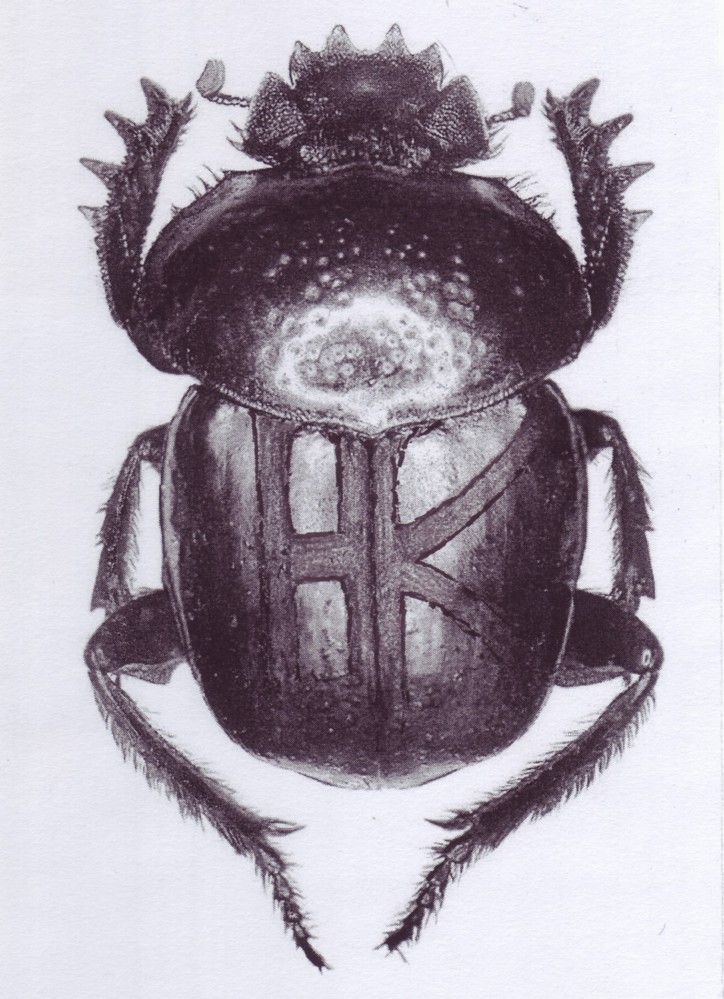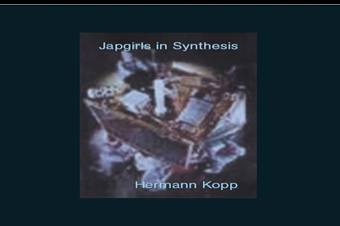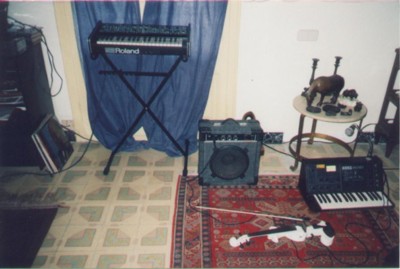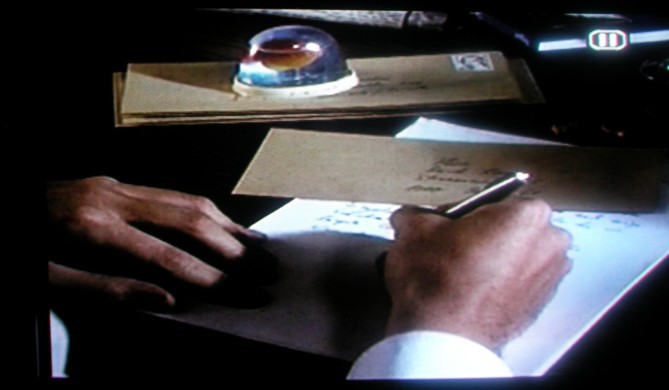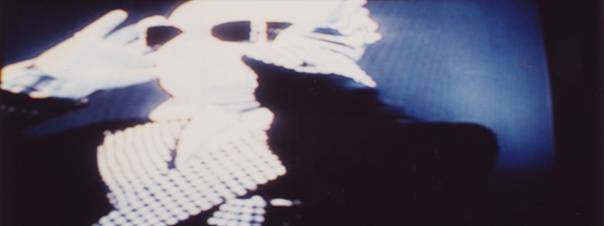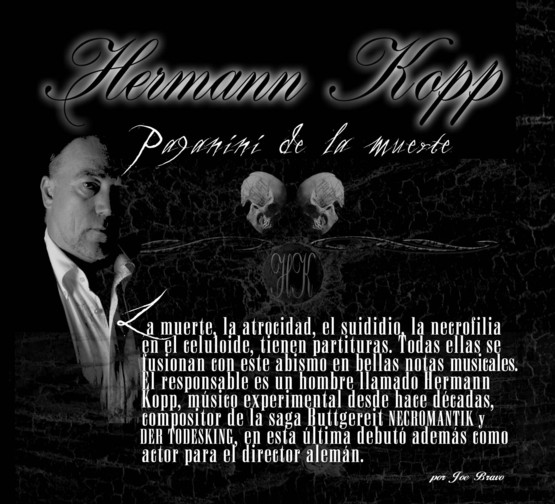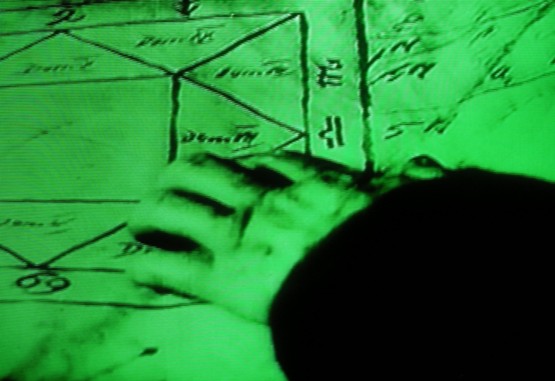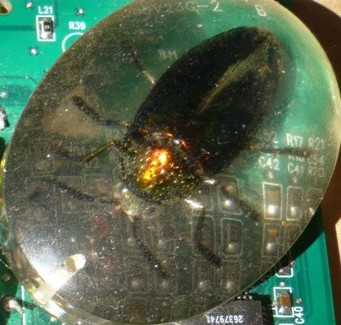
*
The genus Scarabaeus consists of a number of dung beetle species, including the "sacred scarab beetle". These beetles feed exclusively on dung, which they accomplish by rolling a piece of dung some distance from where it was deposited, and burying it in order to feed on it underground. They also prepare food for their larvae by excavating an underground chamber, and filling it with balls that have eggs laid in them. The growing larva feeds upon the dung ball, pupates, and eventually emerges as an adult.
A "scarabaeus" is also a now outdated term for an object in the form of a scarab beetle in art. The scarab was a popular form of amulet in Ancient Egypt and in ancient Greek art engraved gems were often carved as scarabs on the rest of the stone behind the main flattish face, which was used for sealing documents.
A creature identified as Scarabaeus appears in “The Gold-Bug” " by Edgar Allan Poe.

*
The story of “The Gold-Bug” is the story of Legrand’s gathering of the diverse ingredients which will ensure completion of the opus maximus, the great work, and it records his deciphering of the hermetic formula which details the secret of the process. Almost at once he finds an avatar of the philosopher’s stone, that catalyst which remains an “unknown substance,” unclassifiable and unanalyzable — the gold-bug itself.
The prevalence of the death’s head and the skeletons found in the pit remind us that a necessary physical stage of the alchemical process is “mortification,” coming toward its middle or end, or the induced “death” of the ingredients which compose the sacred formula. In the symbolic charts of the arbor philosophorum which adorn alchemical treatises, the mixed bones of a male and female are often found at the base of the tree itself, while Jung says that in some cases the human skull (os occipit) was considered to be the actual vessel of transmutation and was used in the work “because the brain is the lodging house of the divine part”

*
When the alchemist speaks of Mercurius, on the face of it, he means quicksilver, but inwardly he means the world-creating spirit concealed or imprisoned in matter. . . . . Mercurius stands at the beginning and end of the work: he is the prima materia, the caput corvi, the nigredo; as dragon he devours himself and as dragon he dies, to rise again as the lapis. He is the play of colours in the cauda pavonis and the division into four elements. He is the hermaphrodite that was in the beginning, that splits into the traditional brother-sister duality and is reunited in the coniunctio, to appear once again at the end in the radiant form of the lumen novum, the stone. He is metallic yet liquid, matter yet spirit, cold yet fiery, poison and yet healing draught — a symbol uniting all opposites
thanks to Barton Levi St.Armand, E.A.Poe and Wikipedia
